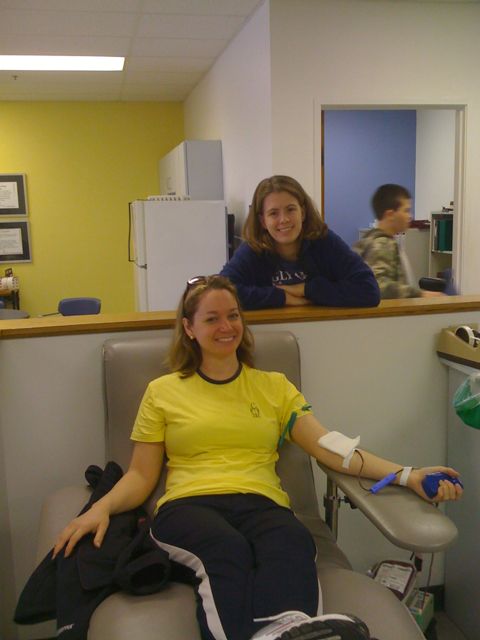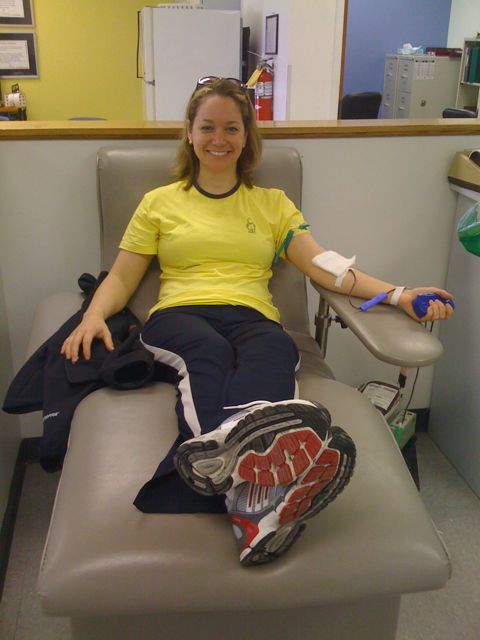![Pet me! Love me! FEED ME CILANTRO! Pet me! Love me! FEED ME CILANTRO!]() I had intended to start doing this last year, but I (as usual) procrastinated. In addition to Carlton’s and my regular charitable donations, I thought I would highlight a worthy cause each month and give an extra donation. Here’s January’s winner.
I had intended to start doing this last year, but I (as usual) procrastinated. In addition to Carlton’s and my regular charitable donations, I thought I would highlight a worthy cause each month and give an extra donation. Here’s January’s winner.
The Indiana House Rabbit Society (IHRS) has a personal connection for me. My best friend has been an active member of the group for several years. One year on holiday break, she asked me to care for three of her foster rabbits. I was familiar with bunny care from helping her before so it was not totally new. But having them at my own home was new.
Two of the rabbits, a bonded pair named Honey and Felix, were loveable but not extra friendly. However, Silas was very sociable. Carlton and I enjoyed his company, letting him hop around the house (supervised) and eating greens from our hands. I found myself buying special veggies for him at the grocery. He would jump on our laps or at our feet to be petted, and would circle around us madly at pellet feeding time.
After the holiday, he moved out…and we missed him. We decided to go through the adoption process and he moved back to our home for good. He was neutered prior to adoption and, as with all bunnies, spay/neuter contributes to longer life and more even temper.
Several years later, he’s an integrated member of our animal family. His name became Silo as it’s easier to call him that way, though he has several nicknames (such as Nibbler).
House rabbits are not for everyone. They require bunnyproofing the house (they will chew cords and be electrocuted), some are very shy, and they aren’t as sturdy as dogs and cats. To anticipate his needs, we’ve put bamboo mats under the furniture where he likes to dig, we allow him to come to us for interaction, and we use careful methods when he has to be handled.
![Silo and Baja having a fireside chat. They like to sit near each other, sometimes on the same chair. Silo and Baja having a fireside chat. They like to sit near each other, sometimes on the same chair.]() Silo is totally litter trained and is out of his cage most of the day. He likes to hang out with our cat and they will play hide-and-seek for hours. Silo jumps on the bed and puts his front paws on my shoulder (or my face!) to ask for pets. His favorite snack is cilantro, and he likes to sit on the dining room chairs, especially if Mr. Kitty sits on the opposite chair. If Sunny makes Silo mad (usually by stealing his treats), Silo will ambush her, hop on top of her and then run away, leaving the dog completely bewildered.
Silo is totally litter trained and is out of his cage most of the day. He likes to hang out with our cat and they will play hide-and-seek for hours. Silo jumps on the bed and puts his front paws on my shoulder (or my face!) to ask for pets. His favorite snack is cilantro, and he likes to sit on the dining room chairs, especially if Mr. Kitty sits on the opposite chair. If Sunny makes Silo mad (usually by stealing his treats), Silo will ambush her, hop on top of her and then run away, leaving the dog completely bewildered.
Silo was found abandoned in a neighborhood. Too many people think it’s OK to release a domestic bun because they see wild bunnies. Domesticated rabbits are not adapted to survive in the harsh weather and are ill-equipped to escape predation and find food.
House rabbits live 7-10 years; outdoor rabbits live 1-4 years. A rabbit in a hutch in someone’s cold back yard will never be as friendly or happy as an indoor bun. Having Silo taught me what great personalities bunnies can have. The longer he lives with us, the more and more loving and trusting he becomes.
![Three different species keeping me company while I have the flu. Three different species keeping me company while I have the flu.]() The IHRS has volunteers who work to help find homes for abandoned bunnies, bringing foster rabbits into their homes and paying medical bills out of their own pockets. Some bunnies have been abandoned shortly after Easter, some are found abandoned in neighborhoods; the unluckiest have been neglected and abused.
The IHRS has volunteers who work to help find homes for abandoned bunnies, bringing foster rabbits into their homes and paying medical bills out of their own pockets. Some bunnies have been abandoned shortly after Easter, some are found abandoned in neighborhoods; the unluckiest have been neglected and abused.
That’s why I’m giving my January Charity of the Month award to the kind people at IHRS. Please consider donating too!





